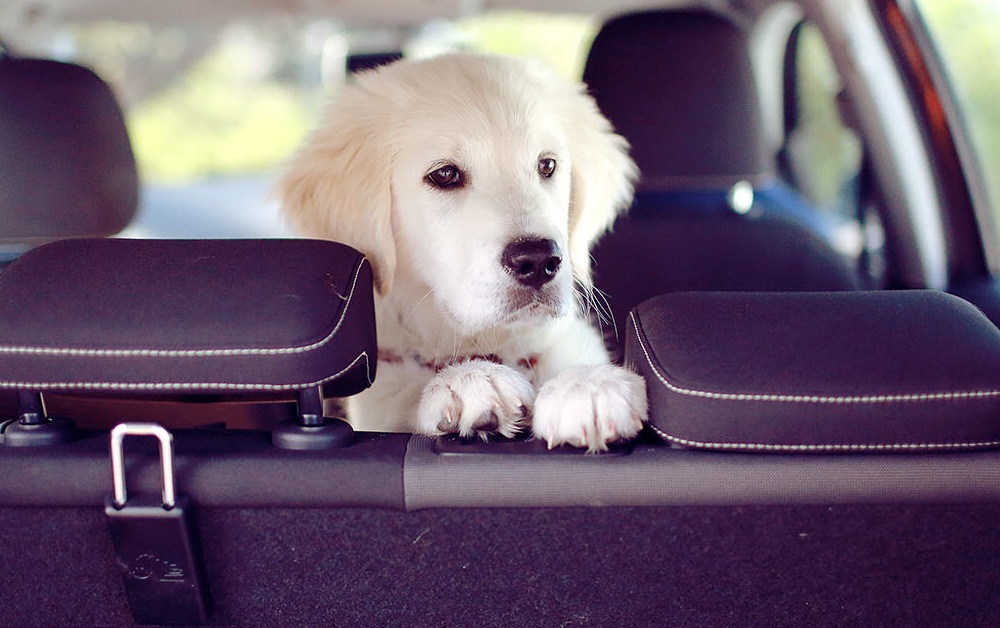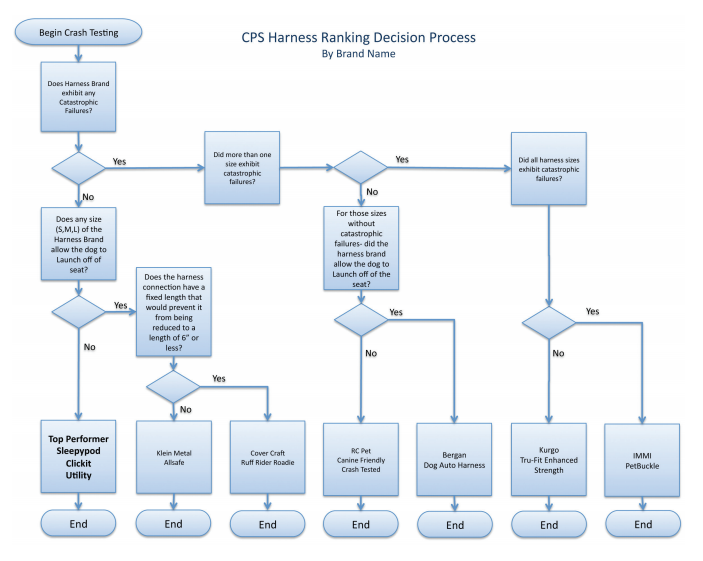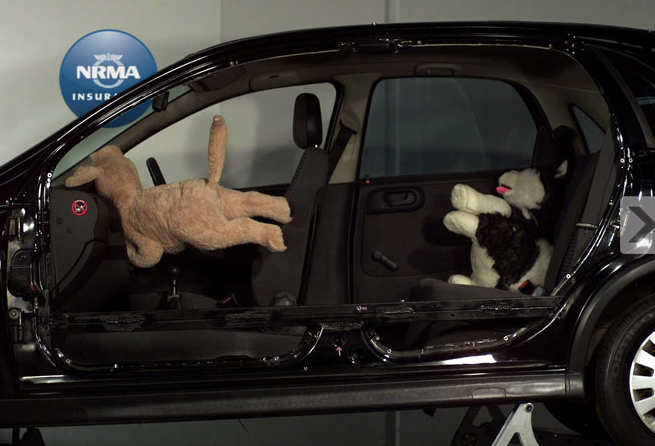Advocate for Safety-Testing of Car Harnesses

In my last post, I described the two studies that I could find that illustrate the effectiveness of car safety harnesses for dogs.
What has become clear is that there is very little testing of pet safety restraints, and no safety standard.
As pet lovers, obviously, this is something we’d like changed. This is an advocacy post, encouraging you to write to your relevant body. The suggestions made here are Australian based, but you’re welcome to modify the following letters for appropriacy to your own bodies.
When writing your letter, you should go for human-safety approach, because, as a selfish species, humans normally like to protect other humans. Say, we want pet restraints tested because:
- We need pets to be effectively restrained so they do not interfere with drivers, but also
- Pets need to be prevented from becoming projectiles in an accident, and, as a niceity,
- It is in the best interest of animal welfare to protect them in accidents, and save owners and bystanders the distress of an injured pet.
MAC / TAC
Both the Motor Accident Commission and the Traffic Accident Commission don’t mention pet restraints on their websites! You can contact the MAC through their online form.
To the Motor Accident Commission,
Re: Restraint of Pets in Motor Vehicles
Recently I was disturbed to be informed that dog car safety harnesses manufacturing and design is unregulated. As a result, many harnesses designed for dogs are inadequate in restraint, and so pose a risk to motorists.
Dog safety harnesses are important in restraining a pet from interfering with the driver and from becoming a projectile in an accident. Testing in Australia (by NRMA Insurance) and in the United States (by Centre for Pet Safety) showed that many pet harnesses designed for vehicle transport did not withstand the force of a car accident. This means that motorists may restrain their pets with a car harness falsely believing that doing so would prevent their pet becoming a projectile in an accident. Obviously, such an incident could cause harm to human occupants of a vehicle.
Further, there pet owners carry a level of emotional attachment to pets, and their injury or death in car accidents would be a cause of distress to passengers and onlookers.
Considering the substantial risk to human well being through unregulated car safety harnesses, I ask that you consider introducing requirements on dog car safety harnesses, including a scheme to certify harness safety through legitimate and standardised tests.
Yours sincerely,
RAA/RACV
The RAA have a page selling unbranded (almost certainly untested restraints) harnesses. You can email the RAA through info@raa.com.au (link).
To the RAA,
Re: Restraint of Pets in Motor Vehicles
Recently I was disturbed to be informed that dog car safety harnesses manufacturing and design is unregulated. As a result, many harnesses designed for dogs are inadequate in restraint, and so pose a risk to motorists.
Dog safety harnesses are important in restraining a pet from interfering with the driver and from becoming a projectile in an accident. Testing in Australia (by NRMA Insurance) and in the United States (by Centre for Pet Safety) showed that many pet harnesses designed for vehicle transport did not withstand the force of a car accident. This means that motorists may restrain their pets with a car harness falsely believing that doing so would prevent their pet becoming a projectile in an accident.
While two brands of harness have been well reviewed by both tests conducted, neither of these are available through your online store, and the one type that is available online is unbranded and presumably untested in regards to its resilience to force in an accident. Clearly, without testing, harnesses may pose a risk and cause harm to human occupants of a vehicle.
Further, there pet owners carry a level of emotional attachment to pets, and their injury or death in car accidents would be a cause of distress to passengers and onlookers.
Considering the substantial risk to human well being through unregulated car safety harnesses, I ask that you consider introducing requirements on dog car safety harnesses, including a scheme to certify harness safety through legitimate and standardised tests, and consider stocking only products that meet these standards.
Yours sincerely,
Choice
Choice have a page reporting on the NRMA Insurance testing. Choice is known for providing a neutral panel to review products. You can email Choice at ausconsumer@choice.com.au (link).
To Choice,
Re: Restraint of Pets in Motor Vehicles
Upon reading your online article on car safety restraints for dogs (“Dog car harness test”, dated 18th December 2013), I was disturbed to read that many car harnesses received a ‘fail’ score, indicating that they are inadequate in restraining pets. It is unsettling to think of many pets are being transported in car safety harnesses that have been manufactured and designed with no safety checks, as these ineffectively restrained pets pose a risk to motorists.
Dog safety harnesses are important in restraining a pet from interfering with the driver and from becoming a projectile in an accident. Like the NRMA testing in Australia, safety testing in the United States (by Centre for Pet Safety) showed that many pet harnesses designed for vehicle transport did not withstand the force of a car accident. This means that motorists may restrain their pets with a car harness falsely believing that doing so would prevent their pet becoming a projectile in an accident. Obviously, such an incident could cause harm to human occupants of a vehicle.
Further, there pet owners carry a level of emotional attachment to pets, and their injury or death in car accidents would be a cause of distress to passengers and onlookers.
Considering the substantial risk to human well being through unregulated car safety harnesses, I hope that Choice can consider providing its own testing of car safety harnesses for pets and provide pressure to government to produce a formal standard to ensure consumer confidence in car safety harnesses designed for dogs.
Yours sincerely,
Is there any other peak bodies that deserve to receive a letter, too? Let me know in the comments.
Be an animal advocate and post one or more of these letters to the relevant parties with the aim of bettering animal welfare.




